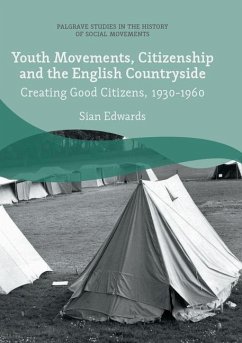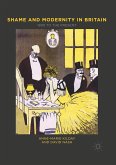This book explores the significance and meaning of the countryside within mid-twentieth century youth movements. It examines the ways in which the Boy Scouts, Girl Guides, Woodcraft Folk and Young Farmers' Club organisations employed the countryside as a space within which 'good citizenship' - in leisure, work, the home and the community - could be developed. Mid-century youth movements identified the 'problem' of modern youth as a predominantly urban and working class issue. They held that the countryside offered an effective antidote to these problems: being a 'good citizen' within this context necessitated a respectful and mutually beneficial relationship with the rural sphere. Avenues to good citizenship could be found through an enthusiasm for outdoor recreation, the stewardship of the countryside and work on the land. However, models of good citizenship were intrinsically gendered.
"Youth Movements, Citizenship and the English Countryside is an ambitious study that successfully sheds light on the often-overlooked relationship between young people and the countryside in the mid-twentieth century. It provides a new lens with which to view the changes to youth lifestyles over this 30 year period, and should be of interest to any historian of youth in modern Britain." (Sarah Kenny, Journal of Contemporary History, Vol. 54 (1), 2019)








